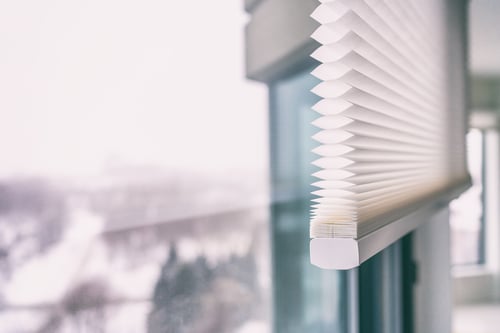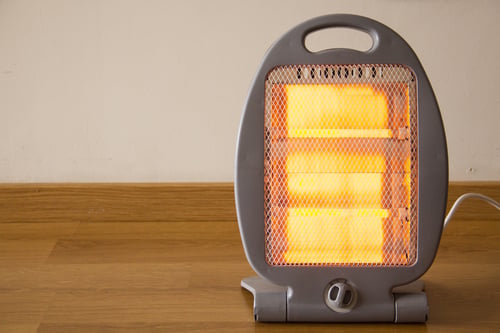At this time of year, the winds start to change and the nights get cool. The first frost will be coming soon. You might be wondering how you can prepare your home for winter. There is nothing more Canadian than trying to winter-proof your home.
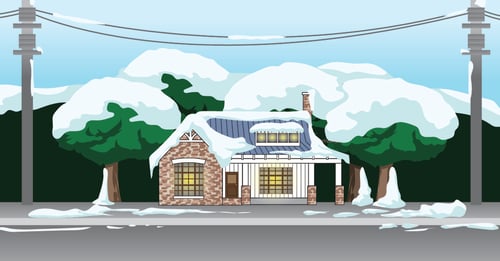
Weatherproofing your home for the winter can be an expensive undertaking, especially for anyone that owns an older home. Still, improving your home's energy efficiency even a little bit is worth it in the long run. Anyone that has put in the work will tell you the difference is noticeable, both in terms of household comfort and home energy savings.
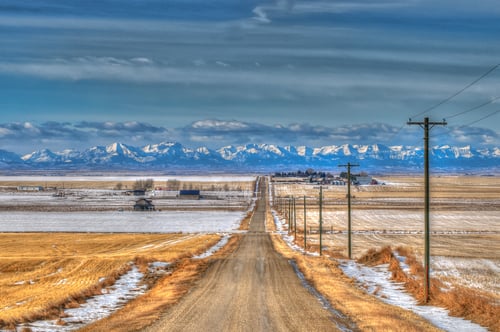
Home improvements for winter 2021
One of the best ways to eliminate drafts in your household is to take a closer look at your doors and windows. Check the seal around your windows and doors, notice any gaps, and apply caulk to seal any openings. Install weatherstripping in the frame of your exterior doors to improve the seal around the door. You can also use a door draft stopper to close the gap from the bottom of the door. If your windows are more than 30 years old, you might want to consider upgrading to a more energy-efficient window next summer.

Evaluating your household insulation is a critical piece to consider when thinking about ways to improve your home efficiency. The most problematic areas for household insulation include the attic, roof, basement, exterior walls, and floors. You can check for problem spots in your house with an IR thermometer. A simple temperature gun can help you to easily identify cold spots in your home, just take a temperature reading on a wall, roof, or floor to see where heat is escaping. Attics are known for being drafty, unused space in the house with blown-in insulation or none at all. Unfinished basements are always cold spaces in Alberta homes, which will draw cold air into the house from the ground. Once you know where the cold spots are in your home, you will be able to prioritize your next home improvement project.
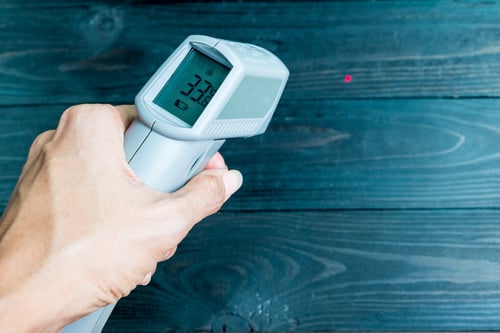
Weatherproofing your drafty apartment for winter
You might think these tips only apply to homeowners, but tenants in rental apartments are often subjected to the draftiest households in the province. As a renter, you wouldn't want to spend a lot of money on household improvements, but the door draft stopper is a great one for renters because you can easily take it with you when you move out.
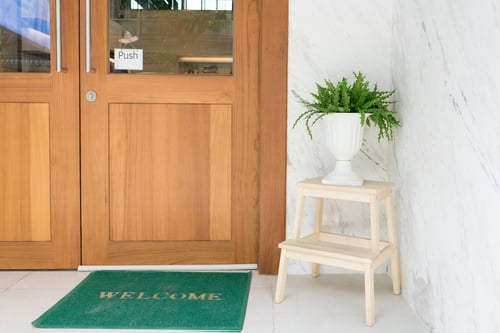
Honeycomb cellular shades are an elegant modern product that can help improve your energy efficiency and actually reduce excessive noise coming in from outside. The unique design of the honeycomb blinds actually acts as insulation as it can trap air. This incredible product acts both as thermal and acoustic insulation for your apartment.
Use programmable thermostats and space heaters
Programmable thermostats are an amazing invention that enables you to program or schedule your heating systems. It is more energy efficient to schedule your furnace instead of letting it run all the time. Try scheduling your heat to turn on 30 minutes before you wake up in the morning and schedule it to turn off 30 minutes before you go to sleep at night. You'll need a slightly higher temperature during the daytime compared to overnight: try setting your temperature to 21C during the day and 17C overnight. During extreme weather with cold warnings, never turn off your furnace outright overnight or you could risk letting your pipes freeze and burst.
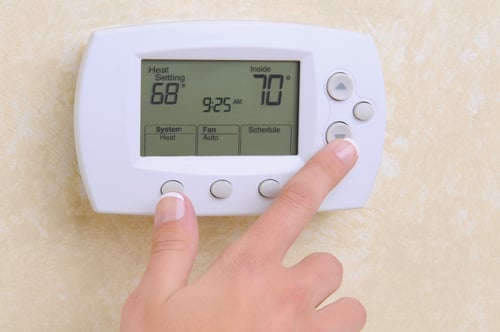
More often than not, you don't need to crank the heat in your whole home to stay warm in the winter. It can actually be more energy-efficient to keep your household thermostat set to a lower temperature and use space heaters in the rooms that you use the most. For example, if you are spending most of your time in the living room, it might make more sense for you to use a space heater in that room while you're using it rather than turning up your thermostat.
Maintain your heavy appliances
There are three heavy appliances that you should check on before the winter season is in full swing, just remember to:
- Replace your furnace filter
- Clear your dryer vent
- Insulate your hot water tank
The filter on your furnace needs to be changed regularly. Neglecting your furnace filters can reduce the energy efficiency of your furnace and impact the overall air quality in your home. The filter traps airborne particles, like dust, hair, dirt, and other allergens, stopping them from getting into your furnace and circulating in your home.
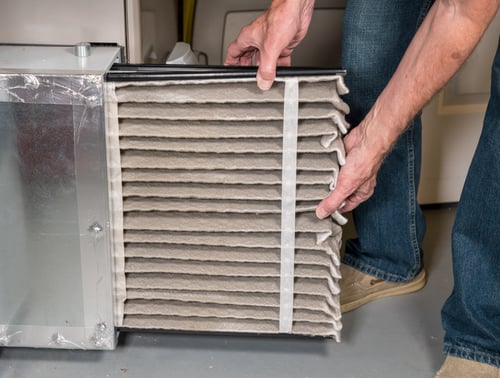
Your dryer vent presents a potential fire hazard in your household. Your dryer's exhaust system can easily get clogged with lint from your clothes, preventing your dyer from functioning properly. When it is time to clean the vent, you will notice that the dryer starts to take longer to dry clothes. The blockage will also increase your electric bill and create a fire risk. There are some risks associated with a dirty dryer vent so get this checked at least once a year.
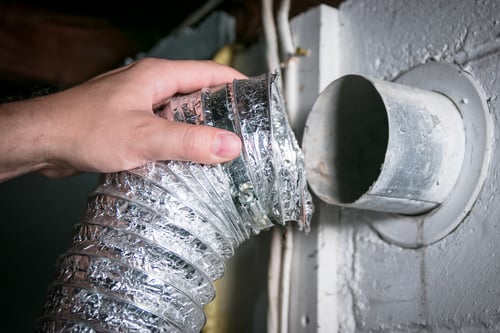
Hot water tanks are one of the highest energy-demanding appliances in any household. It takes a lot of energy to heat water, and hot water tanks are constantly losing energy due to air circulating the tank. Check on your hot water tank, if it is in a cold room without insulation, you could be wasting energy. Insulation blankets are a great way to cheaply and effectively insulate your hot water tank.
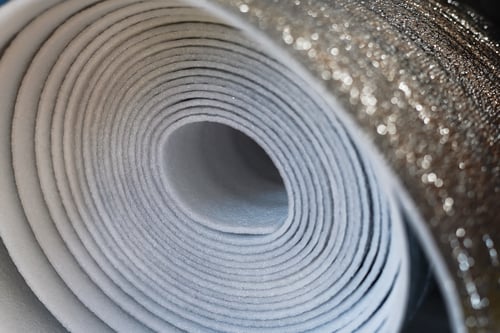
Keep warm this winter and do your best to improve your home energy efficiency. The best way to lower your home energy bill is to reduce the total energy you use.

